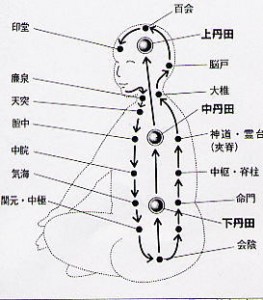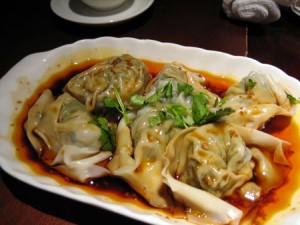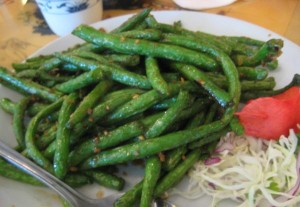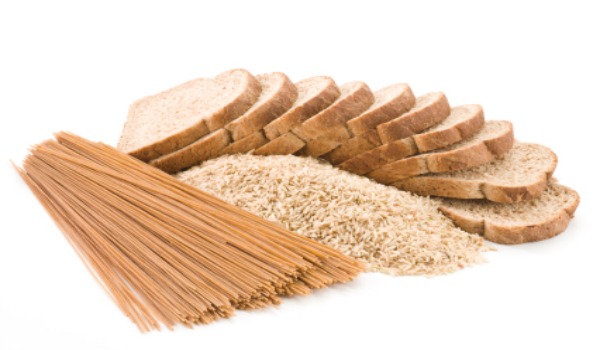High Speed Rail (HSR) is not new to Asia, although the biggest network is now being constructed in China. HSR has been in Asia for decades and is getting upgraded all the time. As you experience various countries across North Asia, it is important to get familiar with these amazing trains and be sure to work them into your trip! The thrill of legally speeding at 340 km/h (210 mph) on the ground is an awesome feeling.
I was lucky enough to experience the early HSR in South Korea (called KTX), which opened just as I arrived there in 2004. It speeds across the country in just under 3 hours. Of course Korea is pretty small, but the KTX beats the 5+ hours car trip plus $60 tolls.
Read More…










 Custom Search
Custom Search